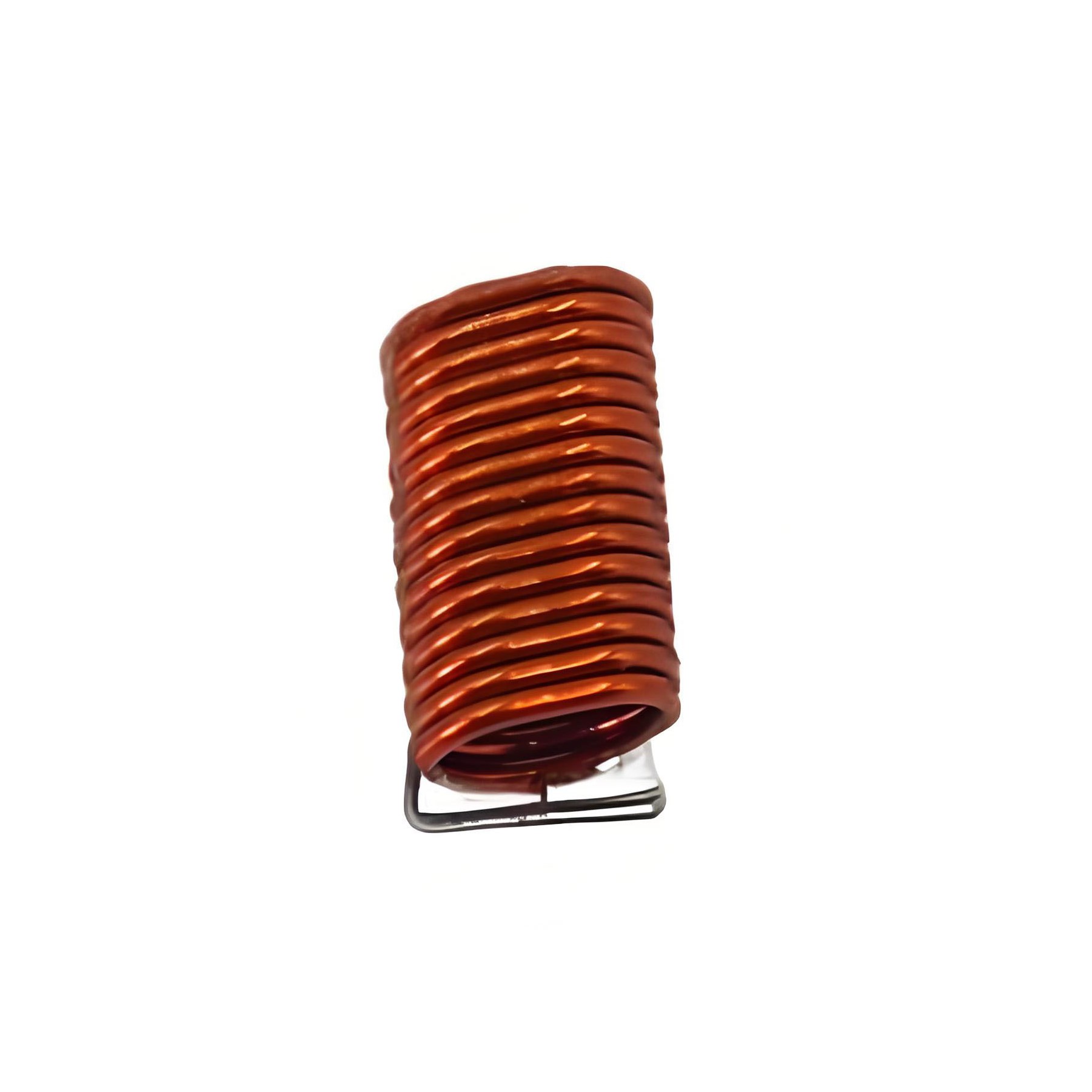Flat Wire Inductor Winding Techniques: Mastering the Art of High - Performance Coil
In the realm of electronics manufacturing, flat wire inductors have gained prominence for their numerous advantages. However, the winding techniques employed in their construction are crucial for achieving optimal performance. This article delves into various winding techniques for flat wire inductors and how they contribute to the creation of high - performance coils.
Table of Contents
Introduction
Flat wire inductors are widely used in modern electronic devices due to their space - saving design, high current handling capability, and efficient heat dissipation. The winding technique used to create theseduct inors plays a significant role in determining their performance and reliability. Proper winding ensures optimal inductance, minimal resistance, and robust mechanical strength, all of which are essential for high - performance applications.

Common Winding Techniques for Flat Wire Inductors
Several winding techniques are employed in the construction of flat wire inductors, each with its own set of advantages and challenges:
1. Single - Layer Winding
Single - layer winding involves winding the flat wire in a single layer around the core. This technique is relatively simple and ensures good heat dissipation due to the minimal layers. However, it may not be suitable for high - inductance applications as it requires a larger number of turns, which can lead to a bulky coil.
2. Multi - Layer Winding
Multi - layer winding allows for more turns in a smaller space, making it ideal for achieving higher inductance values. The wire is wound in multiple layers around the core. However, this technique can result in increased AC resistance and parasitic capacitance due to the proximity of the wire turns. It also requires careful handling to prevent interlayer short circuits.
3. Honeycomb Winding
Honeycomb winding is a more complex technique that involves winding the flat wire in a pattern resembling a honeycomb structure. This method provides excellent space utilization and can achieve high inductance with relatively fewer turns. It also offers good thermal performance. However, the winding process is more intricate and time - consuming, which can increase manufacturing costs.
4. Bank - Wound Winding
Bank - wound winding involves winding the flat wire in parallel banks. This technique is often used in high - current applications as it can handle higher currents with lower resistance. It also allows for better control over the inductance value. However, the winding process requires precise alignment of the wire banks to ensure uniform current distribution and avoid hotspots.
Comparison of Winding Techniques
To provide a clearer understanding of the different winding techniques, the following table compares their key characteristics:
| Winding Technique | Inductance Range | Current Handling | Thermal Performance | Manufacturing Complexity |
|---|---|---|---|---|
| Single - Layer Winding | 0.1 µH - 1 mH | Medium | Good | Low |
| Multi - Layer Winding | 1 µH - 10 mH | Medium | Fair | Medium |
| Honeycomb Winding | 0.5 µH - 5 mH | High | Good | High |
| Bank - Wound Winding | 0.1 µH - 2 mH | Very High | Excellent | High |
Problem and Solution
A common problem encountered in flat wire inductor winding is the issue of winding tension control. If the tension is too high, it can cause deformation of the wire and damage to the insulation. If the tension is too low, it can lead to uneven winding and poor contact between the wire and the core, affecting the inductor's performance.
Solution: To address this problem, it's essential to use precision winding equipment with adjustable tension control mechanisms. These machines can maintain consistent winding tension throughout the winding process, ensuring uniform layer formation and proper wire adhesion to the core. Regular calibration and maintenance of the winding equipment are also crucial to prevent tension fluctuations.
Best Practices for Winding Flat Wire Inductors
To achieve optimal results when winding flat wire inductors, the following best practices should be considered:
Choose the appropriate winding technique based on the specific application requirements, such as inductance value, current rating, and frequency range.
Use high - quality flat wire with proper insulation to prevent short circuits and ensure long - term reliability.
Implement precise tension control during the winding process to maintain consistent wire placement and avoid mechanical stress on the wire.
Ensure proper layering and minimal overlap between wire turns to reduce AC resistance and parasitic capacitance.
Conduct thorough testing and inspection of the wound inductors to verify their electrical and mechanical performance before integration into the final product.
Conclusion
Mastering the art of flat wire inductor winding techniques is essential for producing high - performance coils that meet the demands of modern electronic applications. Each winding technique has its own set of advantages and challenges, and selecting the right method depends on the specific requirements of the application. By understanding and implementing the best practices in winding, manufacturers can produce reliable and efficient flat wire inductors that contribute to the advancement of electronic devices.
